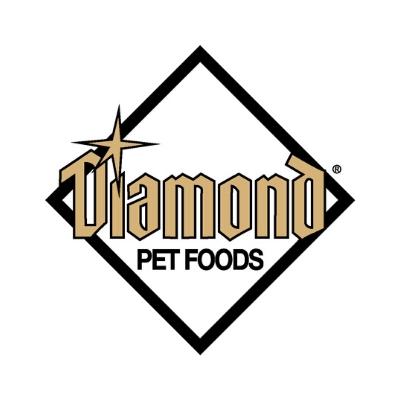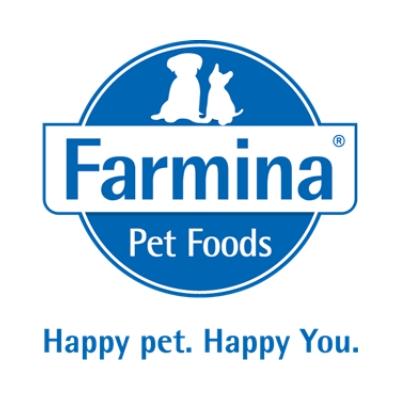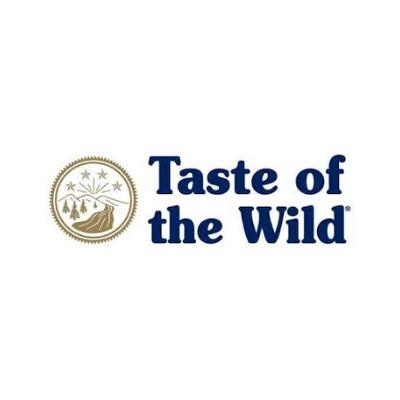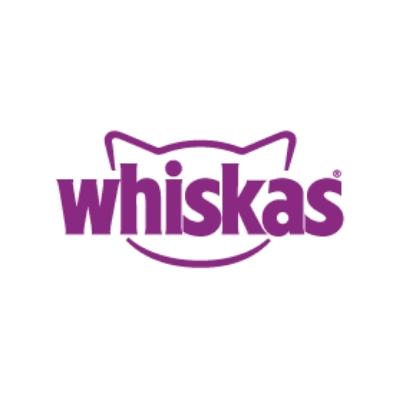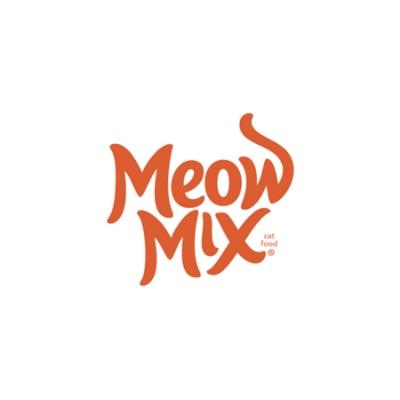Birds are always welcome guests in the garden as they make the garden alive with their chirping hiding in the bushes as if all the plants have come to life and started talking to each other. It is a common practice to leave food and water for the birds especially on hot summer's day they need sources of water.
Recently I came across a Silverbill Finch chick in my garden, poor thing was too young to fly properly. I put it back on a higher place but it would just come down and struggle to fly, I was afraid that it would found by some predator so I rescued it.

Rescued Silverbill Finch Chick “Pepsi”
I realized that it also has a damaged tail and definitely needs some attention. So I gave him some water but I noticed that it was unable to eat on its own and its constant chirping made me realize that it was hungry. Luckily I am familiar with hand-feeding the birds as I have few hands tamed parrots. One African Grey Parrot “Pepper” and a common white cockatiel “Buddy”. This poor soul was so tiny I thought I might hurt him while feeding but I got the feeding tube and bird feeding formula powder and gave it a try because I was sure that it would die if I don’t feed him.
How to prepare bird feeding formula food?
It is quite simple, just take a small amount of bird's feeding formula powder and mix it with water, it should not be a thick paste nor it should become too watery, it should be runny so it can flow through the bird feeding tube. Once it is ready just fill up the feeding tube and move to the next step.
it is ready just fill up the feeding tube and move to the next step.
How to hand feed a bird chick?
Hand feeding a bird for the first time is a bit tricky and one feels a bit scared that we might hurt the bird but it is very natural for the chicks to open their mouth when their parents bring them food, so when it is hungry and we bring them food they consider us as their parents and open the mouth. Simply just press the feeding injecting but you should be careful to push very slowly and not pour all the food at once. Once the chick gets some food in its mouth it will swallow and then put some more. It took me a couple of attempts but finally, I got it all back the way I hand raised the parrot chicks, our little guest was full and now its chirping had also stopped. It was a moment of happiness and satisfaction for me.
Now our new guest “Pepsi” as we named him was getting more comfortable with the environment and had start ed to snoop around, chirping and jumping here and there. It was quite comfortable with me also as it would jump to my hand, then move to my lap or arm and eventually move to my shoulder. It feels more comfortable sitting on my shoulder or maybe it an instinct to sit in a higher spot.
ed to snoop around, chirping and jumping here and there. It was quite comfortable with me also as it would jump to my hand, then move to my lap or arm and eventually move to my shoulder. It feels more comfortable sitting on my shoulder or maybe it an instinct to sit in a higher spot.
I felt that he might be lonely and thought of introducing my hand tamed cockatiel “Buddy” and to my surprise, they got along quite well. Buddy is now almost a year old, very gentle and tame parrot. Initially, Pepsi was a bit scared but within a few minutes, it was comfortable with our parrot buddy and started to jump around in excitement.

Rescued Silverbill Finch “Pepsi” & Hand tamed Cockatiel “Buddy”
Rescuing a bird chick seems to be very easy but it actually not, if you have any experience with bird hand feeding then you can take care of it otherwise it would be best to look for someone who has experience and handover the bird to them. In summers many birds get dehydrated and fall on the ground and by just giving them water we can help them or if it is an injured bird we can take it to the vet and get it treated but with any bird’s chick first you should know about its diet as it may only eat insects and you would try feeding him seems which it won’t eat and eventually die. So before rescuing any bird make sure you have the required expertise and the knowledge about that particular bird.
Helping other creatures give you satisfaction and a sense of achievement along with happiness. Pepsi will be with us until it can properly fly and feed on its own then we would release it into the wild where it belongs.










